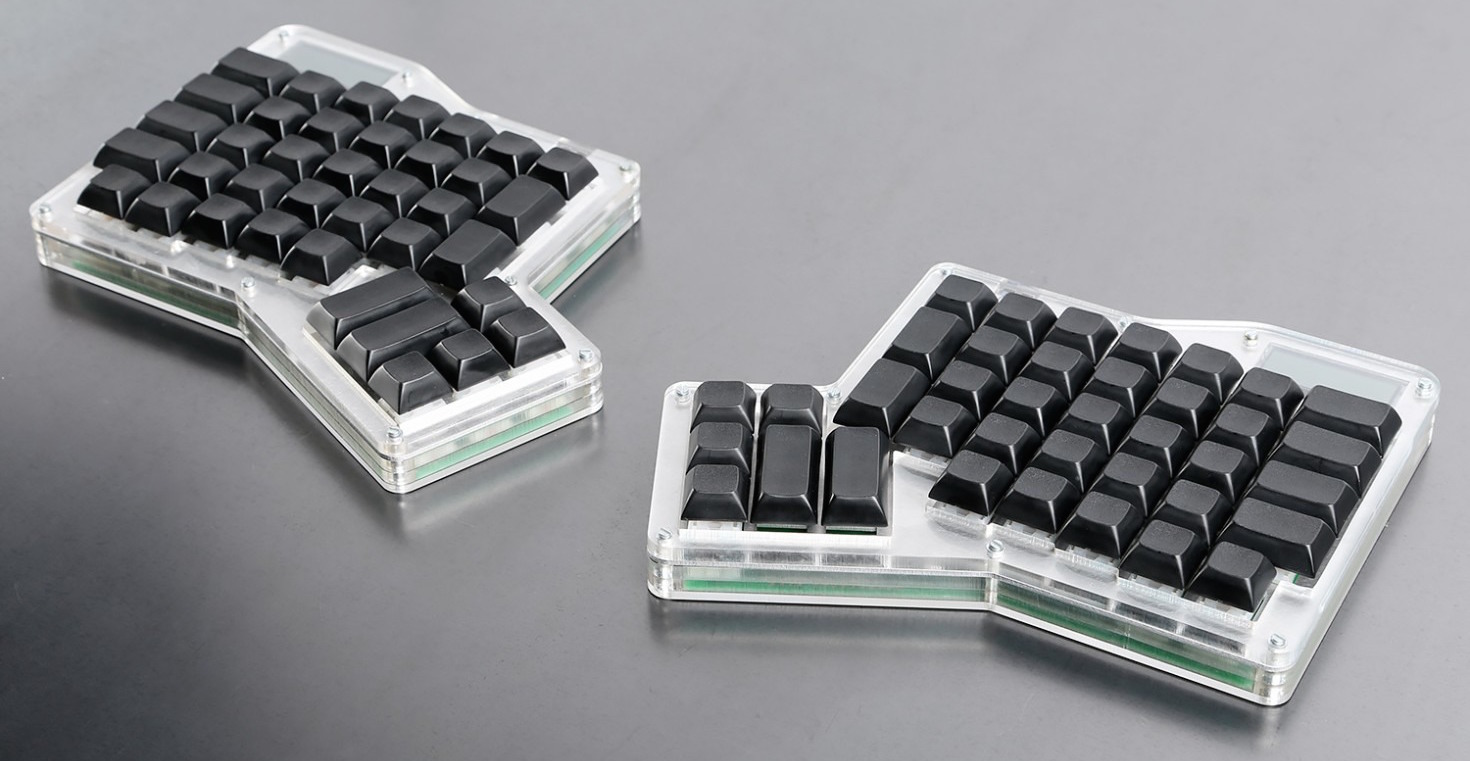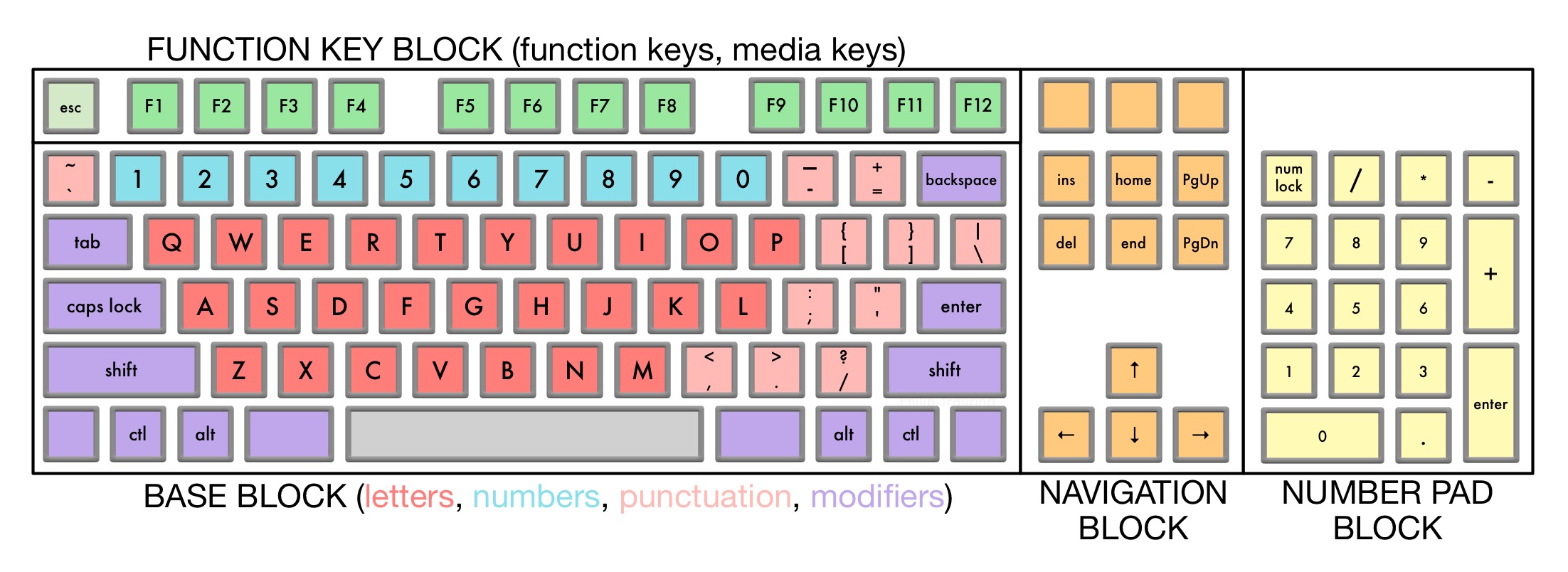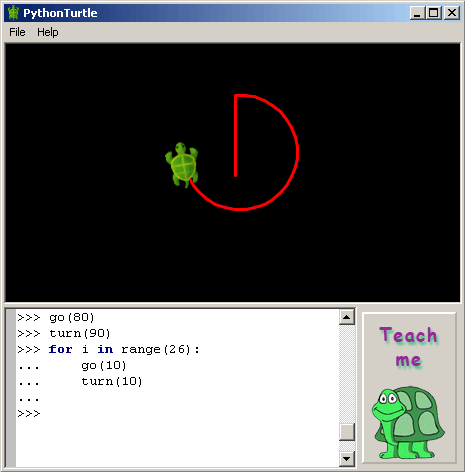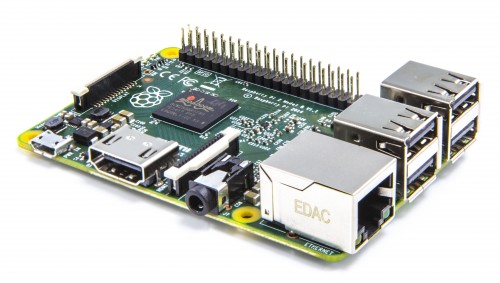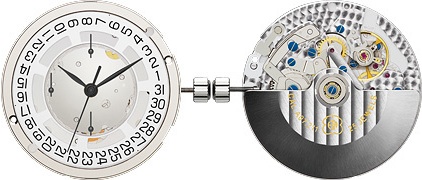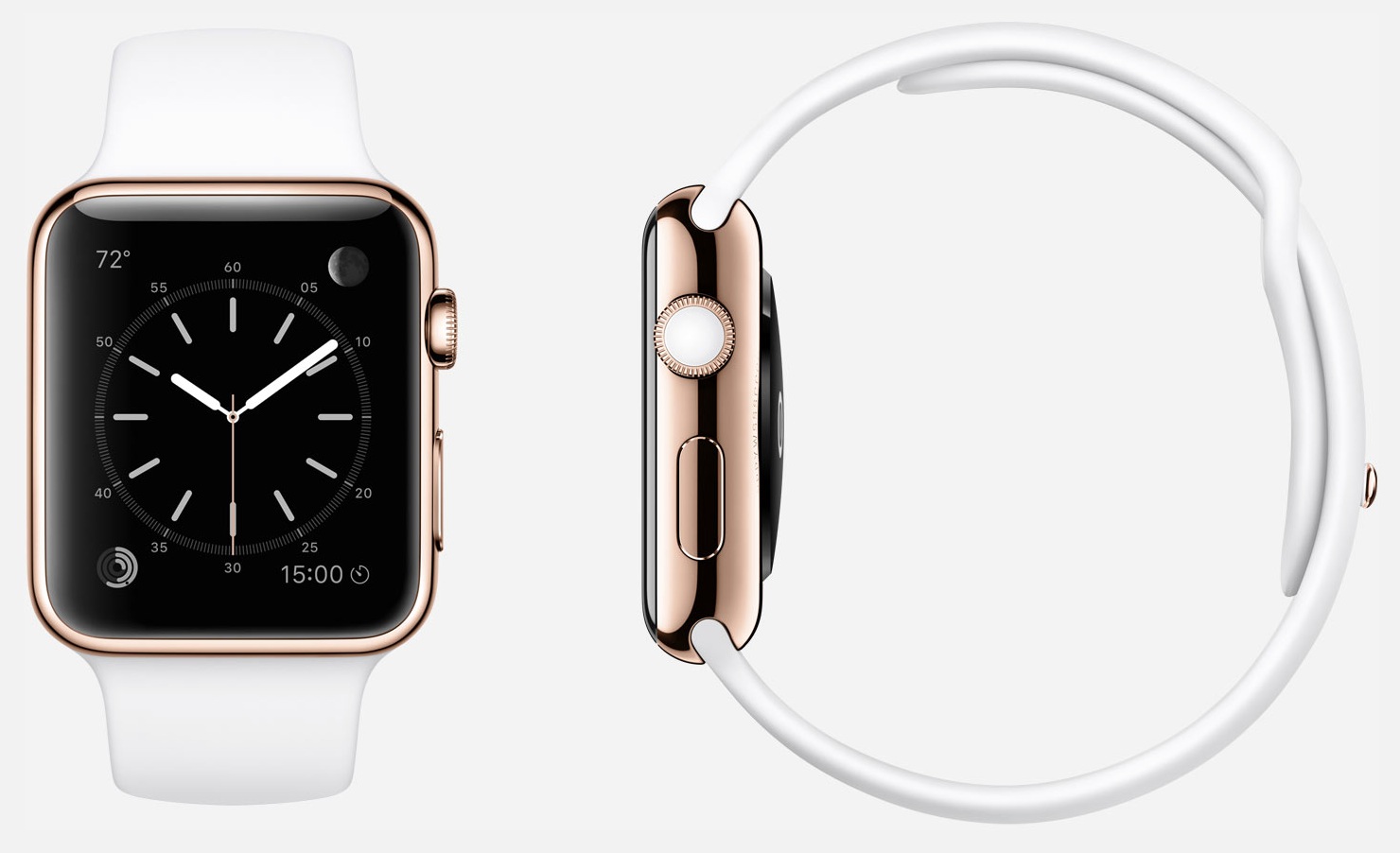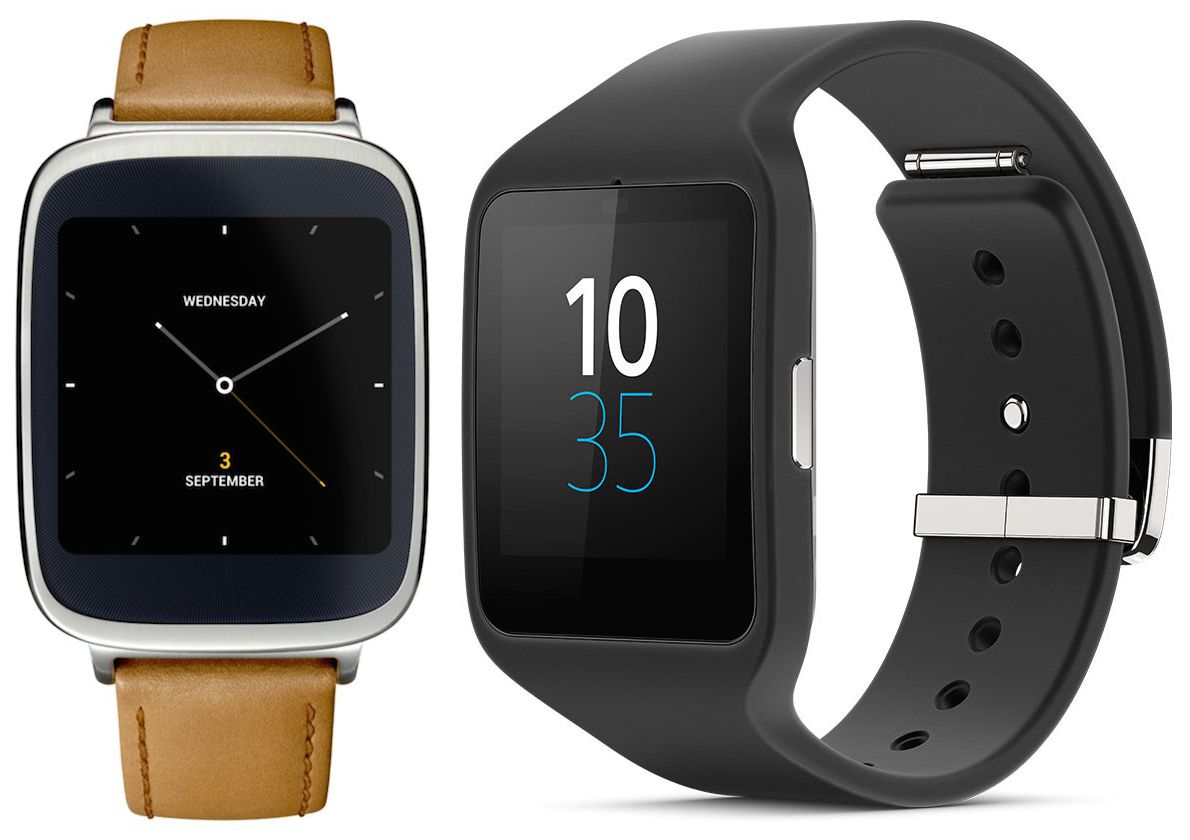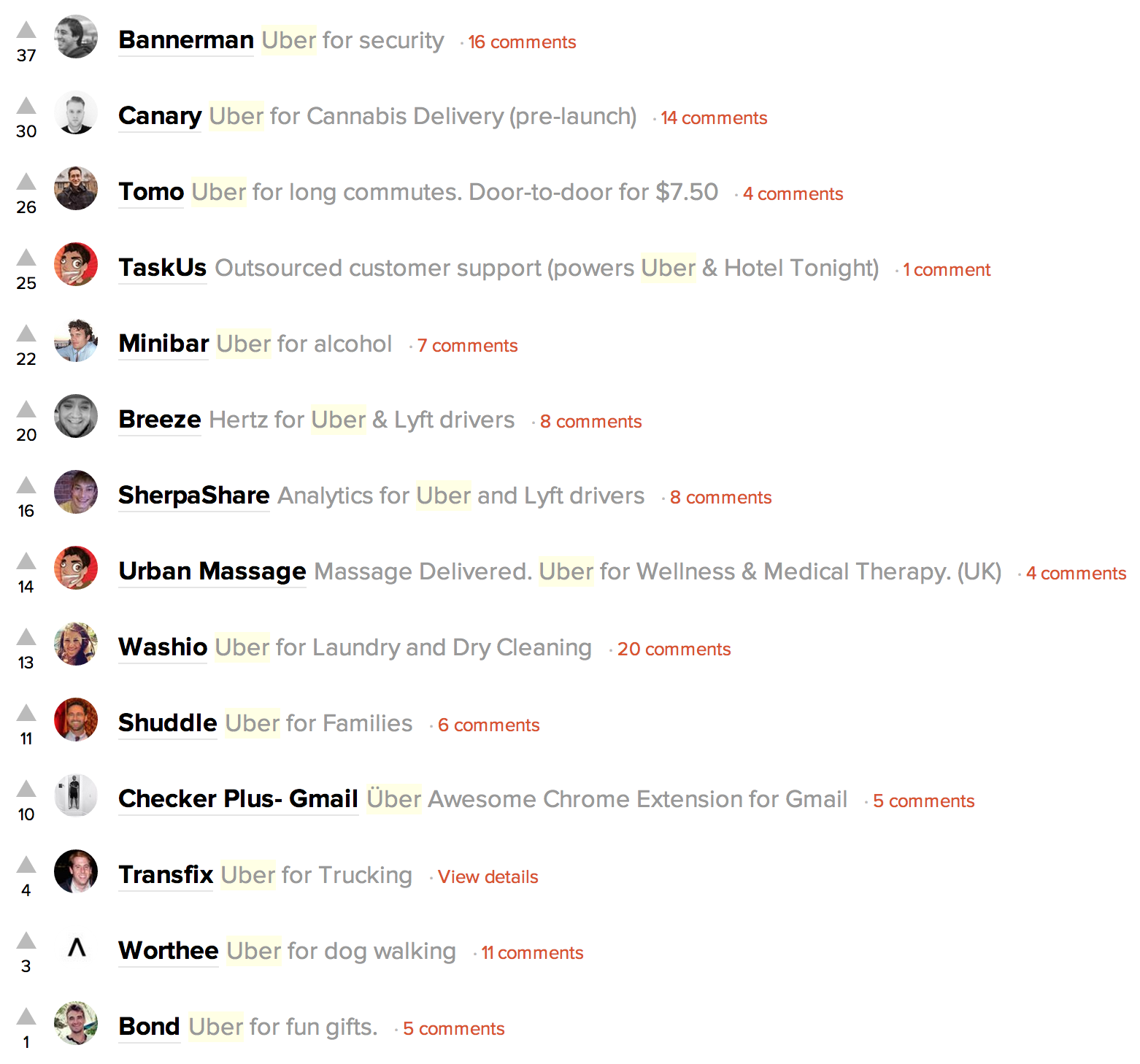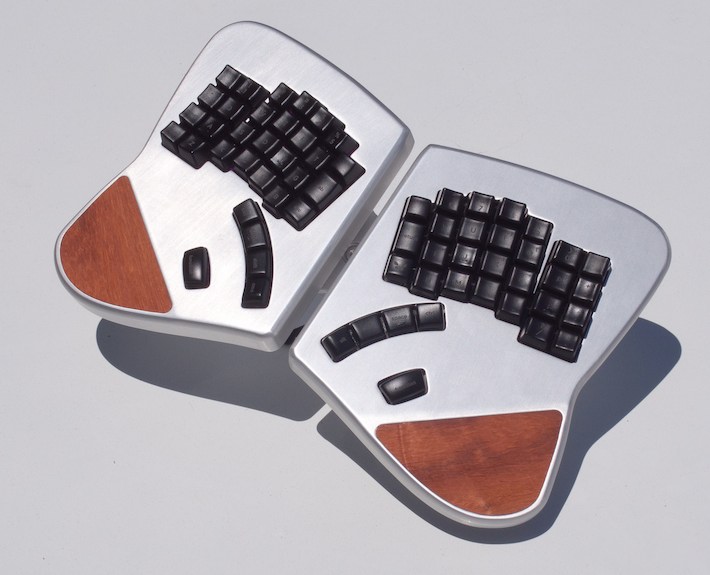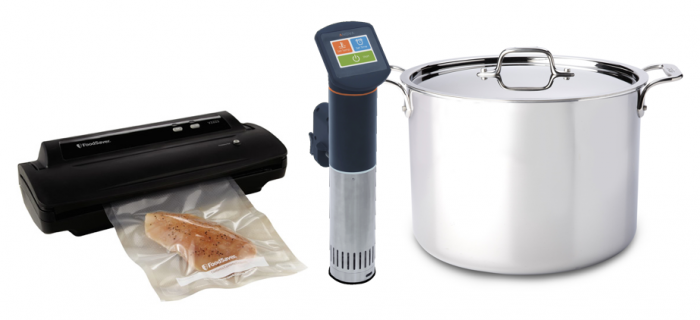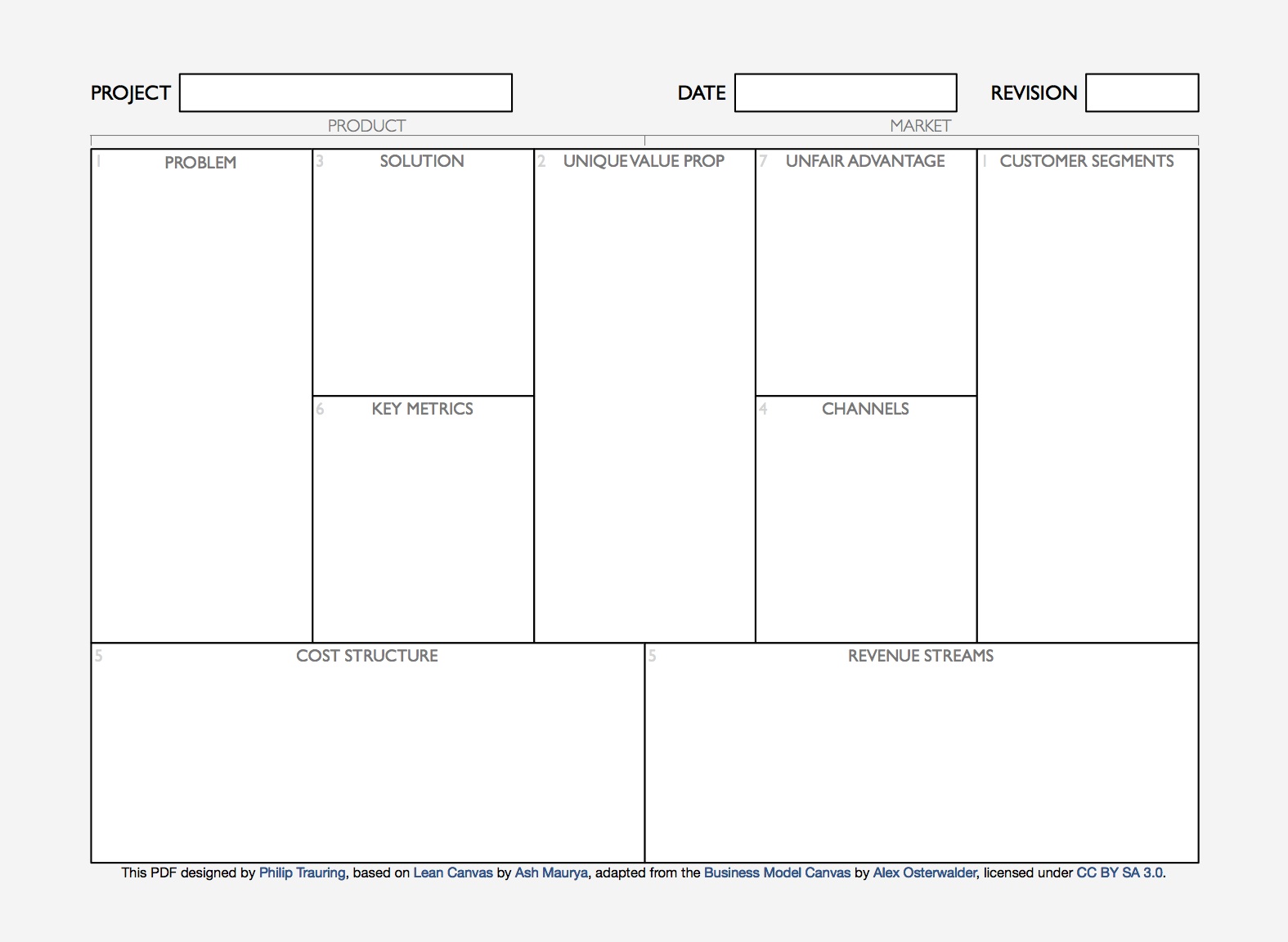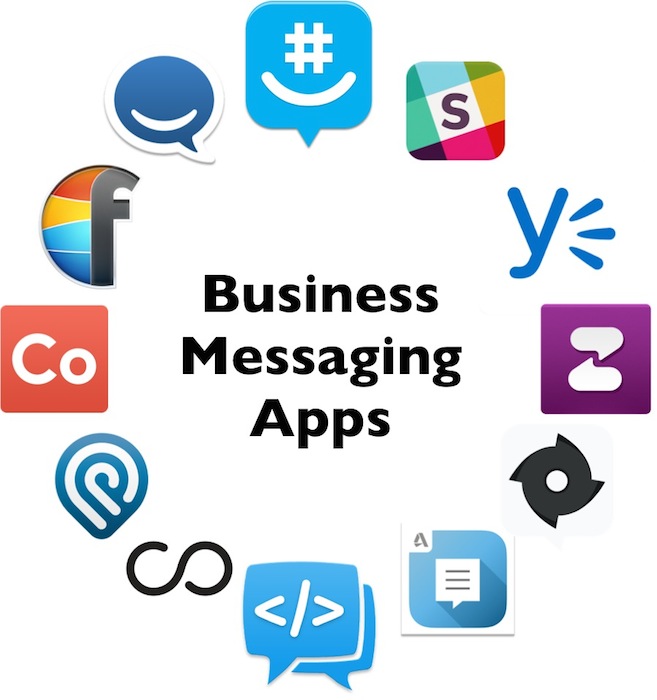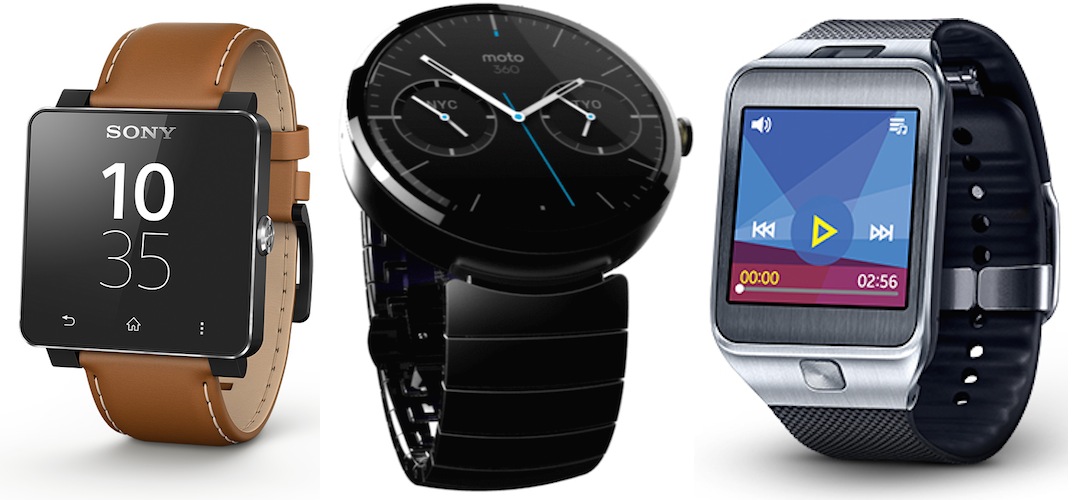The evolution and commercialization of the ErgoDox keyboard
I mentioned the ErgoDox keyboard in my article A few interesting keyboards nearly in existence.... Strictly speaking, the ErgoDox was already in existence at the time (almost exactly a year ago), but as I pointed out, it wasn't a commercial product. The ErgoDox keyboard was originally designed by Geekhack.org user Dox (aka Dominic Beauchamp), and developed in a thread started on October 10, 2011 titled ErgoDox - Custom split ergo keyboard with input from the Geekhack community. The design was based in part on the earlier Key64 concept, which itself derives its ideas from a variety of earlier keyboards, and partly from the layout of the Kinesis Advantage keyboard (in particular the thumb cluster). What's amazing, considering that hundreds (maybe thousands) of ErgoDox keyboards have been sold, is that Dox was originally hoping to get 5-10 people to commit to buying it to bring down his costs. When the design was completed, and the PCB finished (the PCB design was done by geekhack user bpiphany - aka Fredrik Atmer), the design was made available for free online. MassDrop "Group Buys" A kit containing all the parts needed to assemble the keyboard was made available first via MassDrop, a site that allows…
